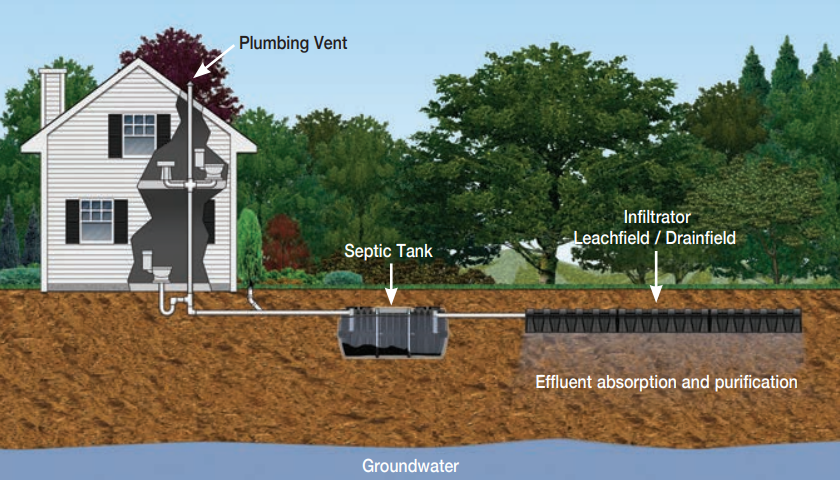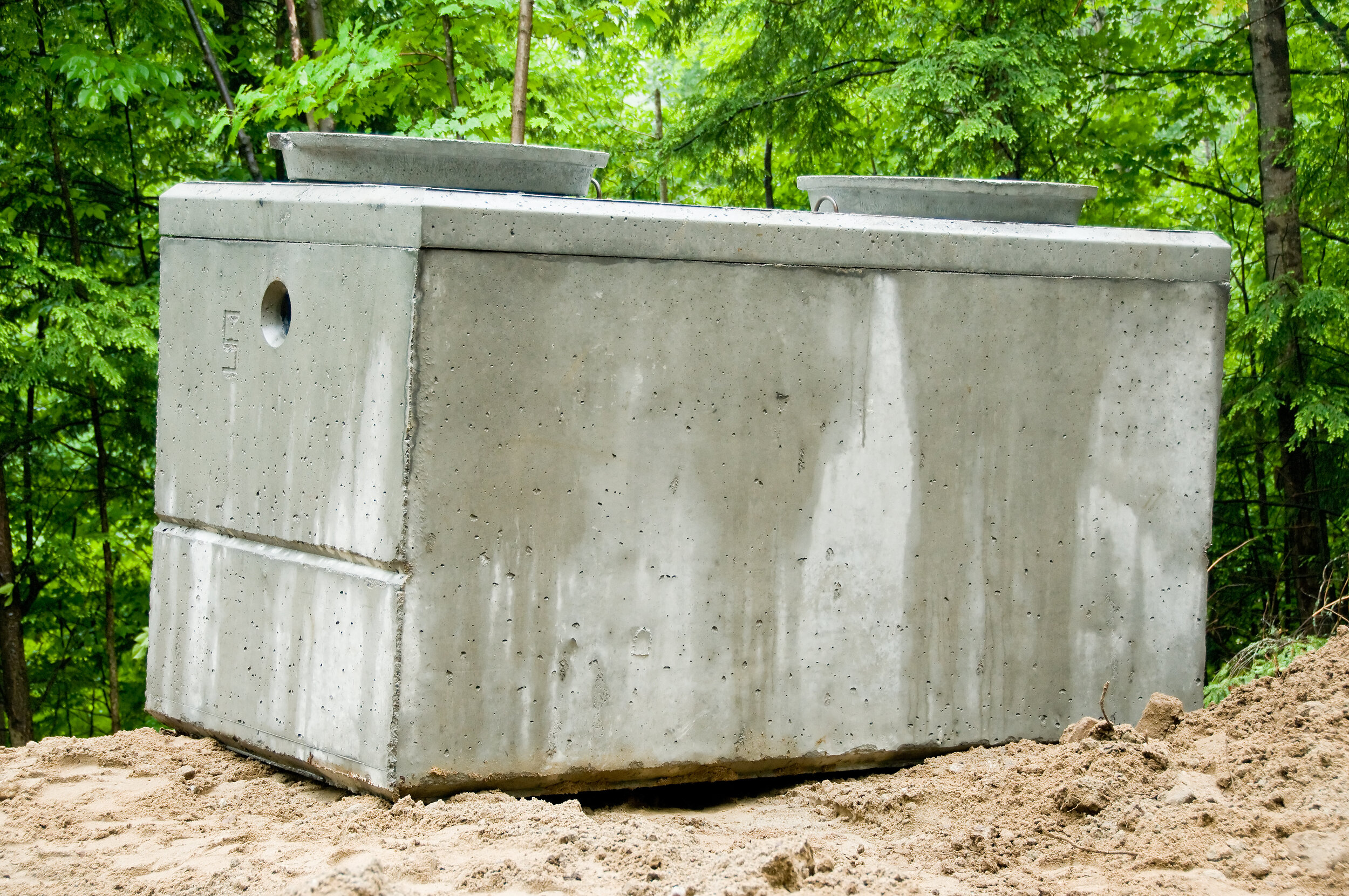Sewage-disposal Tank Solutions Unraveled: From Installation to Upkeep-- Your Complete Guide
Are you battling to comprehend the ins and outs of sewage-disposal tank services? Look no better-- this total guide will certainly decipher every little thing for you. From installment to upkeep, we'll walk you with the procedure detailed. Discover the important tools needed for correct upkeep and the indicators of potential issues to look out for. And also, we'll even share some convenient DIY ideas to maintain your septic tank running smoothly. Prepare yourself to become a septic system specialist!
Sewage-disposal Tank Setup Refine
When installing a septic container, you will require to very carefully excavate an opening in the ground. Make use of a backhoe or an excavator to dig an opening that is vast and deep sufficient to suit the dimension of your septic tank.

After the base is prepared, meticulously lower the septic system into the opening making use of a crane or various other training tools. Ensure to position the container correctly according to the design plans and local guidelines. As soon as the container is in place, backfill the hole with soil, seeing to it to compact it in layers to avoid settling.
Last but not least, connect the inlet and outlet pipes to the sewage-disposal tank, guaranteeing correct placement and limited seals. It is vital to follow regional plumbing codes and guidelines when attaching the pipes. septic service.
Important Tools for Septic System Maintenance
One of the most essential pieces of equipment is a septic tank pump. A septic tank treatment item can be made use of to keep the wellness of the bacteria in the container. By having these important devices, you can guarantee the correct maintenance of your septic container and extend its life expectancy.
Routine Sewage-disposal Tank Pumping Schedule
To maintain the health and efficiency of your sewage-disposal tank, it is important to establish a regular pumping schedule. Normal pumping assists stop the build-up of solid waste and ensures the proper performance of your septic tank. The frequency at which you ought to pump your sewage-disposal tank depends on various variables, including the size of your container, the number of people in your house, and your water usage.
As a basic standard, it is suggested to have your sewage-disposal tank pumped every three to 5 years. It is vital to monitor your tank's problem routinely and readjust the pumping routine appropriately. If you notice any indications of a full container, such as sluggish drains pipes, smells, or sewer backups, it is essential to have your storage tank pumped right away.
Along with routine pumping, correct maintenance and treatment next are important to lengthen the lifespan of your septic tank. Stay clear of flushing non-biodegradable products, such as baby diapers, paper towels, or oil, away. These can block your system and lead to expensive repair services.
Signs of Sewage-disposal Tank Troubles to Keep An Eye Out For

Do It Yourself Tips for Sewage-disposal Tank Upkeep
Take proactive steps to preserve your septic system by routinely pumping it. This is an essential do it yourself pointer that guarantees the correct performance of your septic system. Normal pumping aids remove collected solids and prevents them from clogging the pipes or damaging the tank. The frequency of pumping depends on the dimension of your container and the variety of individuals in your home. As a basic policy, it is advised to pump your septic container every 3 to 5 years. If you have a smaller container or a bigger household, more regular pumping might be essential. An additional important do it yourself tip for septic storage tank upkeep is to be conscious of browse around this web-site what drops your drains pipes. Prevent disposing of grease, oil, chemicals, and non-biodegradable items right into your septic tank. These substances can interfere with the all-natural biological procedure that breaks down waste in the container. Furthermore, conserve water to prevent straining the system. Repair any leakages or drips without delay and think about installing low-flow components. By following these straightforward DIY pointers, you can extend the life-span of your septic storage tank and avoid expensive repairs in the future.

Conclusion
In conclusion, keeping your septic tank is vital to avoid problems and guarantee its proper functioning. Routine pumping, enjoying out for indicators of issues, and following DIY ideas can aid you maintain your septic container in good condition. By understanding the setup process and having the necessary tools, you can make certain that your septic tank offers you well for years to come. Remember, proper maintenance is key to avoid costly repairs and keep your sewage-disposal tank running smoothly.
A septic tank treatment item can be utilized to preserve the health of the bacteria in the container.To preserve the health and efficiency of your septic container, it is necessary to establish a regular pumping schedule. The frequency at which you need to pump your septic tank depends on different factors, including the size of your tank, the number of individuals in your household, and your water usage.
If you discover any indicators of a full tank, such as slow-moving drains, smells, or sewage backups, it is important to have your container pumped quickly. - septic service
Routine pumping, watching out for indications of issues, and adhering to DIY pointers can help you maintain your septic tank in excellent condition.